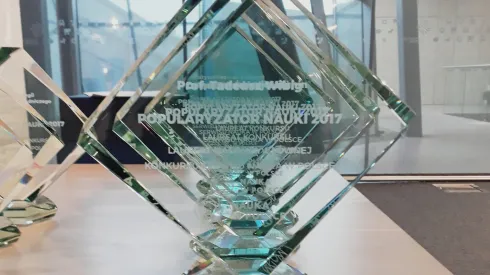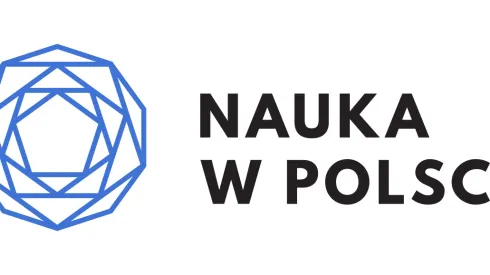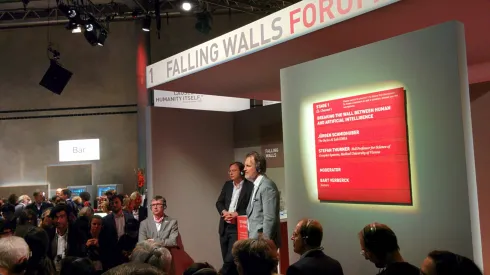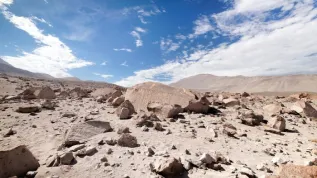
Popularisers of Science 2017: Talk about science in an interesting way and do not be afraid of journalists
Talk about science in an interesting way, describe not only research results, but also the making of science. Discover the knowledge together with your audience and do not to be afraid of journalists - the winners of the Popularisers of Science 2017 contest shared a few tips on how to successfully promote scientific knowledge.
-

Winners of the Polish Press Agency and the Ministry of Science competition for science popularisers announced
Prof. Tadeusz Wibig, Dr. Andrzej Katunin, Jan Świerkowski, the website "Nauka o klimacie" ("Climate Science"), TV show "Astronarium" and the Institute of Animal Reproduction and Food Research of the Polish Academy of Sciences are the winners of Science Populariser 2017 competition organized by PAP - Science in Poland and the Ministry of Science.
-

Climate science - there is no place for muck-ups in the fight against pseudoscience
A database of over 100 myths about the climate, climate nonsense of the year poll, substantive fight against pseudoscience - the team of the website Nauka o klimacie ("Climate science") has been patiently promoting knowledge about climate change for several years. "We cannot afford a muck-up" - team members say.
-

We know the finalists of Science Populariser 2017
We now know the group of finalists of Science Populariser 2017. From this group, the jury will select the winners, whose names will be announced in mid-January, during the competition gala in Warsaw.
-

Polish Patent Office award for PAP - Science in Poland
PAP - Science in Poland received a special award in the 5th edition of the competition for media report on intellectual property protection, organized by the Patent Office of the Republic of Poland.
-

Scientist: We're only a few decades away from artificial intelligence with the capabilities of the human brain
Computers still run slower than the human brain. However, if their speed continues to increase at the current rate, they will reach the capabilities of the human brain in the coming decades - told PAP Prof. Jürgen Schmidhuber, called the "father of modern artificial intelligence".
-

Linguist Prof. Ernst Frideryk Koerner received an honorary doctorate from Nicolaus Copernicus University
Prominent German linguist Prof. Ernst Frideryk Koerner received an honorary doctorate from Nicolaus Copernicus University in Toruń on September 29. The scholar is the creator of linguistic historiography and has cooperates with Nicolaus Copernicus University for many years.
-

Prof. Maria Delaperrière received honorary doctorate from the University of Silesia
A distinguished researcher of Polish literature and culture abroad Prof. Maria Delaperrière received an honorary doctorate from the University of Silesia on June 22 in Katowice. The ceremony was held in connection with the VI World Congress of Polonists which took place in Katowice.
-

Prof. Jean Poesen received honorary doctorate of Maria Curie-Skłodowska University
Outstanding specialist in the field of earth sciences, Prof. Jean Poesen from the Catholic University of Leuven in Belgium, received honorary doctorate of Maria Curie-Skłodowska University in Lublin, awarded for his achievements in the field of physical geography, geomorphology and soil science.
-

EU will rename European Earth Observation Programme to honour Copernicus
EU will honour Nicolaus Copernicus and rename European Earth Observation Programme to Copernicus. Copernicus monitors the environment on land, sea and in air, and it is used to improve the security of citizens.












